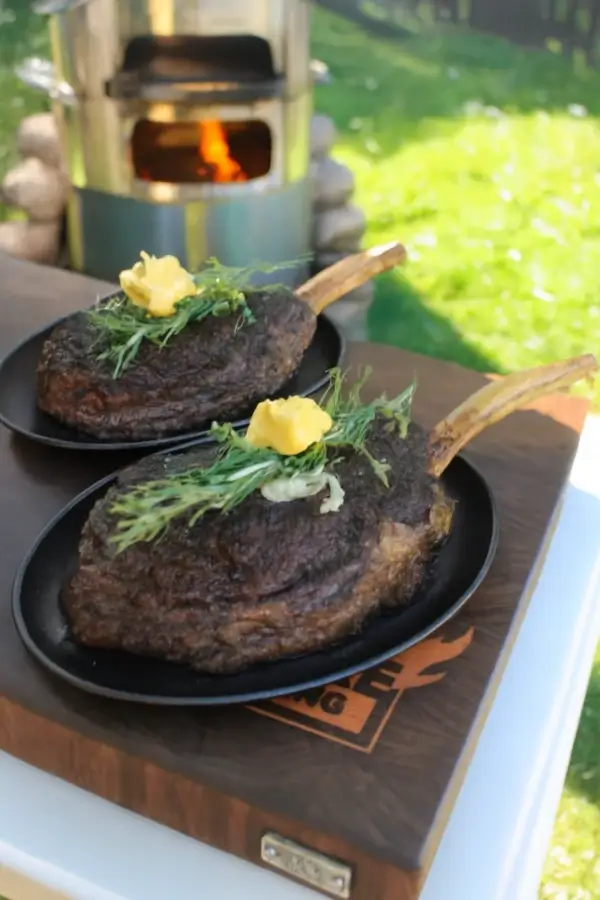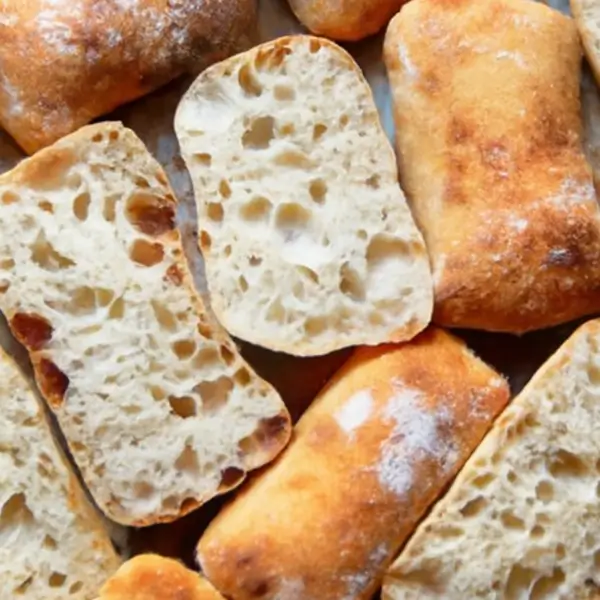Kataifi pastry might look like something only a professional baker could pull off, but it’s actually one of the easiest and most rewarding doughs you can make at home. Made from a simple batter piped into fine, hair-like strands, kataifi is the flaky foundation of many beloved Middle Eastern and Mediterranean sweets—and even some savory dishes. While you can buy it frozen at specialty markets, making kataifi pastry from scratch gives you total control over freshness, shape, and texture.
In this guide, I’ll show you exactly how to make homemade kataifi pastry, plus how to use it, store it, and tweak it to match your favorite flavors.
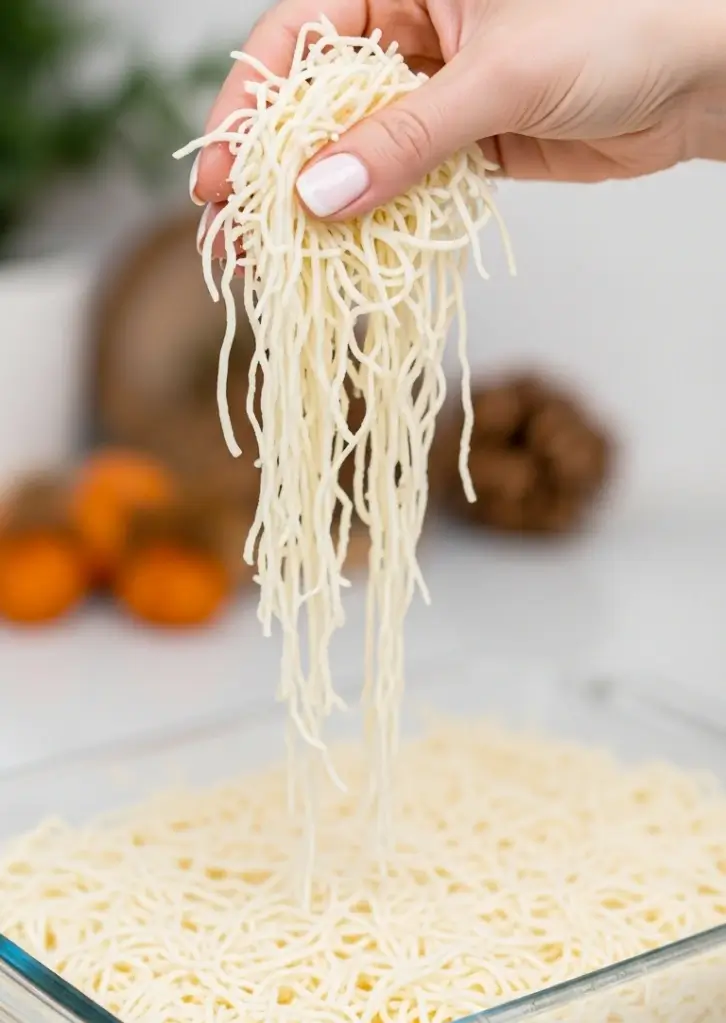
Table of Contents
Why I Love This Kataifi Pastry Recipe
There’s something incredibly satisfying about mastering a pastry that looks so intricate, yet only takes five ingredients and a hot pan. Kataifi pastry is one of those recipes that surprises people—because it looks fancy, but it’s actually fuss-free. As a home cook, I’m drawn to recipes that feel magical without being complicated, and this one fits that bill perfectly.
I especially love that kataifi pastry is so versatile. You can wrap it around gooey cheese, bake it with chopped nuts and honey syrup for a classic Greek dessert, or use it as a crunchy topping for savory dishes. It’s naturally vegan, uses pantry staples, and once you try it homemade, you’ll understand why the store-bought version just can’t compare. The texture is lighter, the strands are more delicate, and the flavor is clean—no freezer burn or preservatives.
When I’m not baking sweets, I often use kataifi as a crispy crust for proteins. It pairs beautifully with something like this lemon herb air fryer salmon or even wrapped around a bit of goat cheese for a quick appetizer. If you’re already a fan of dishes like our air fryer cottage cheese chips, you’ll love how kataifi pastry adds that same crunch—only with a Mediterranean twist.
And let’s be honest: there’s something joyful about taking a simple batter and turning it into elegant strands that brown to golden perfection. Once you get the motion down, it feels meditative. Just swirl, flip, and pile them high. The best part? You can make a whole batch, freeze the strands, and always have kataifi ready for your next sweet or savory adventure.
Whether you’re new to Mediterranean cooking or looking to level up your baking skills, this kataifi pastry recipe is one you’ll want to make again and again.
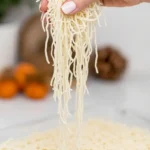
How to Make Kataifi Pastry From Scratch (Easy Homemade Recipe)
- Total Time: 35 minutes
- Yield: 1 pound 1x
Description
Learn how to make kataifi pastry from scratch using simple ingredients and a skillet. Perfect for Greek and Middle Eastern desserts or savory appetizers.
Ingredients
- 1 2/3 cups all-purpose flour
- 1 cup cornstarch
- 3/4 teaspoon sea salt
- 2 tablespoons vegetable oil
- 2 cups water
Instructions
- Whisk flour, cornstarch, and salt in a bowl.
- Add oil and water. Whisk until smooth.
- Strain the batter to remove all lumps.
- Pour into a squeeze bottle with a tiny tip.
- Heat a non-stick skillet over medium heat until hot.
- Pipe the batter in a spiral motion from center out.
- After 5–10 seconds, lift strands with a spatula.
- Place in bowl covered with towel. Repeat.
- Shred into smaller lengths before using or storing.
Notes
Straining is key for smooth piping.
Use medium heat—too hot will brown strands.
Store cooled strands in an airtight bag or freeze.
Works well in sweet or savory kataifi recipes.
- Prep Time: 5 minutes
- Cook Time: 30 minutes
- Category: Pastry
- Method: Pan-cooked
- Cuisine: Greek, Middle Eastern
Nutrition
- Serving Size: 1 pound
- Calories: 1608
- Sugar: 0g
- Sodium: 2390mg
- Fat: 32g
- Saturated Fat: 4g
- Unsaturated Fat: 25g
- Trans Fat: 0g
- Carbohydrates: 293g
- Fiber: 9g
- Protein: 24g
- Cholesterol: 0mg
Step-by-Step Instructions
Making kataifi pastry at home is simpler than you might think. With just a few tools—a mixing bowl, whisk, mesh strainer, squeeze bottle, and a non-stick pan—you’ll be creating fine, lace-like pastry strands in under an hour. Here’s how to get it just right.
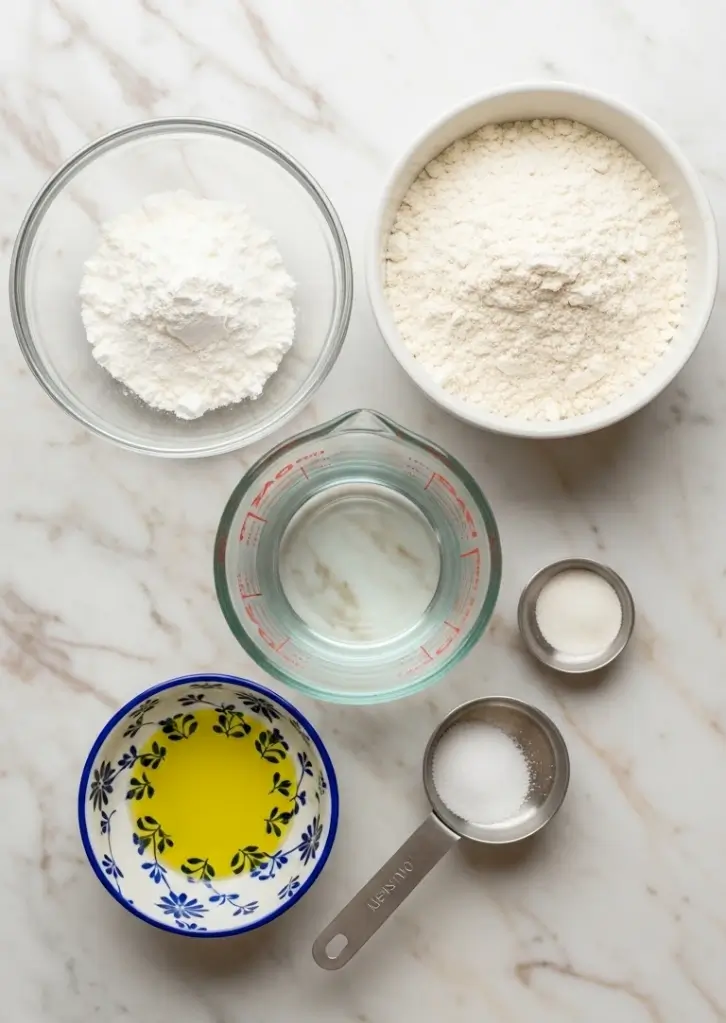
1. Mix the batter
In a medium bowl, whisk together 1 2/3 cups of all-purpose flour, 1 cup of cornstarch, and 3/4 teaspoon of sea salt. Stir in 2 tablespoons of vegetable oil and 2 cups of water until the batter is smooth and pourable.

2. Strain the mixture
Run the batter through a fine mesh sieve to remove any lumps. Even the smallest clump can clog your squeeze bottle, so don’t skip this step.
3. Load your bottle
Transfer the strained batter into a squeeze bottle or a piping bag fitted with a tiny round tip. This will help you create those signature kataifi pastry strands.
4. Heat your pan
Place a non-stick skillet over medium heat and let it get very hot—this is key for creating clean, white strands that don’t brown. If the pan isn’t hot enough, the strands may stick.
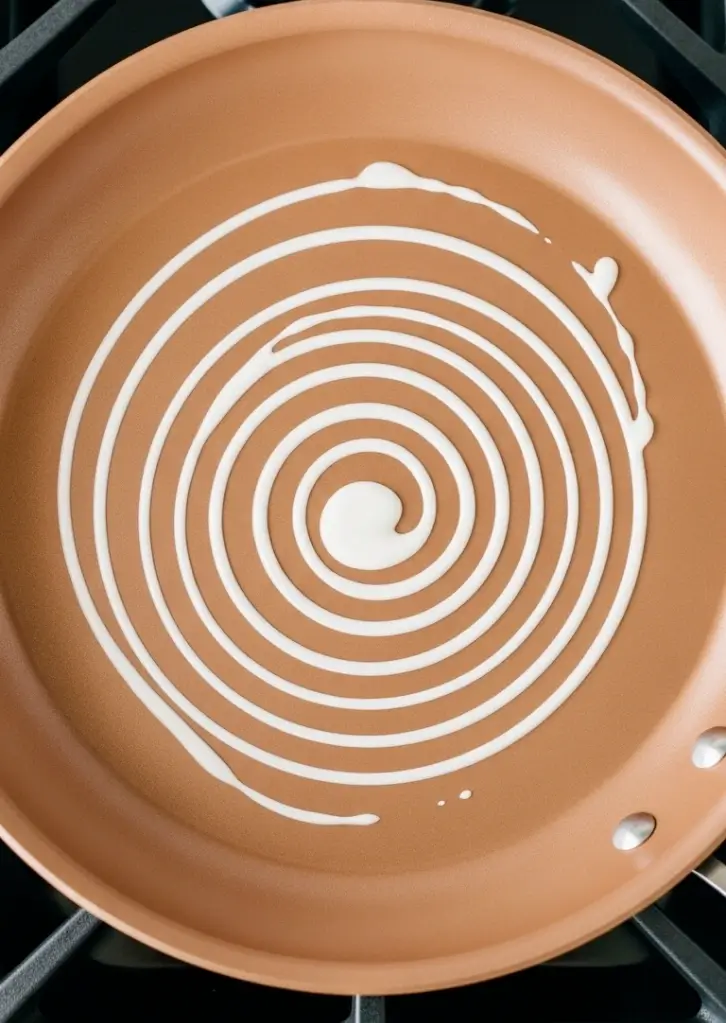
5. Pipe the batter
Starting in the center of the pan, squeeze the batter in a steady circular motion, working outward. Aim for thin, even lines—thicker lines will create dense pastry.
6. Remove and repeat
After about 5–10 seconds, the strands will start to lift off the pan. Use a spatula to gently peel them off and place them in a bowl covered with a towel to prevent drying out.
Once cooled, shred the kataifi pastry strands with your hands into smaller lengths and use them in your recipe. You can even freeze them in an airtight container for future use.
For more creative air-fried textures like this, you might enjoy our air fryer veggie chips or pair this recipe with a quick main like honey garlic chicken.
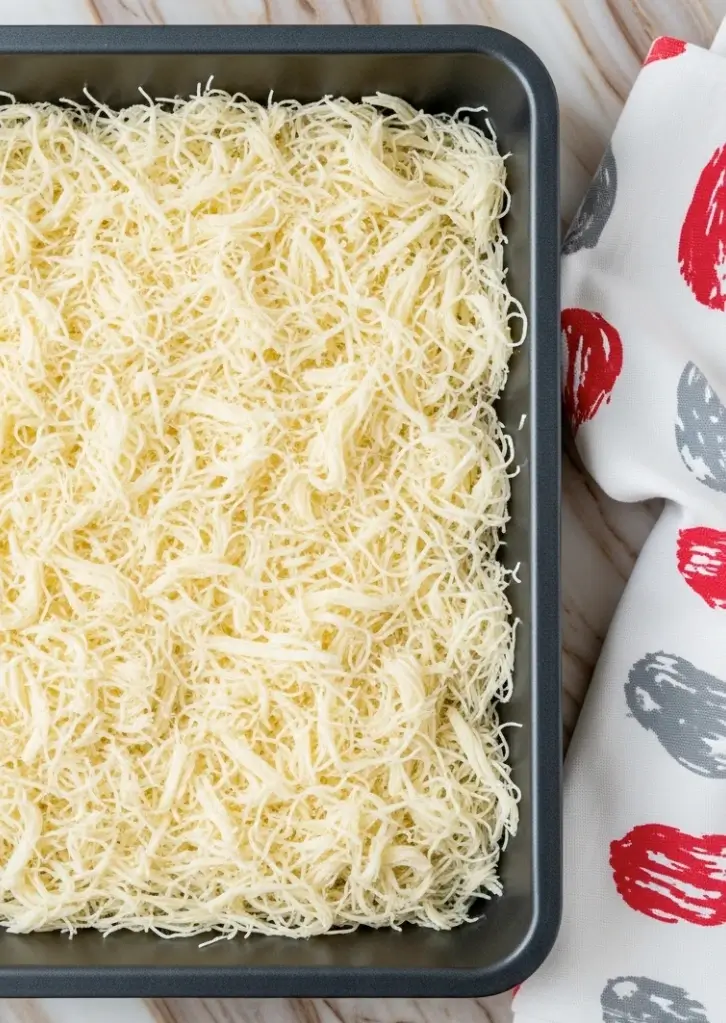
How to Serve Kataifi Pastry
Once you’ve mastered the technique for making kataifi pastry from scratch, the fun really begins—because serving it is where creativity shines. Traditionally, kataifi is used in Greek and Middle Eastern sweets, often rolled with chopped nuts and soaked in spiced syrup. The result is a crunchy, syrupy dessert that’s both delicate and deeply satisfying.
You can also cut the pastry into small bundles and fill them with cheeses like feta, ricotta, or goat cheese. Bake them until golden and top with honey and crushed pistachios for an unforgettable appetizer. For a savory twist, try using kataifi pastry as a crispy wrap for shrimp or chicken—it adds a beautiful texture and looks stunning on the plate.
Kataifi strands also work well as a crunchy topping for baked dishes. Sprinkled over something like our cowboy casserole or a creamy dip, they add that satisfying golden crunch without overpowering the main flavors.
No matter how you serve it—sweet, savory, or something in between—kataifi pastry adds a wow factor to even the simplest dishes. The best part? It’s make-ahead friendly, so you can keep strands on hand for last-minute entertaining or creative weeknight dinners.
Variations
One of the best things about kataifi pastry is how adaptable it is. While it’s best known for traditional syrup-soaked desserts like ekmek kataifi or nut-stuffed rolls, you can easily take this pastry in fresh directions—both sweet and savory.
For a dessert variation, try adding orange zest or rose water to your syrup for a floral Mediterranean twist. If you’re feeling bold, layer kataifi pastry with cream cheese or pastry cream to make a creamy kataifi tart. You can even mold it into mini tart shells before baking—perfect for bite-sized dessert cups.
On the savory side, kataifi makes a crispy coating for baked shrimp or scallops. It adds crunch without frying and holds up beautifully in the oven. For vegetarians, wrap it around herbed feta or halloumi, then drizzle with honey for a perfect blend of salty and sweet. If you loved the textures in our creamy mushroom and spinach pasta, you’ll appreciate how kataifi brings crunch to soft or creamy dishes.
You can also experiment with gluten-free flours, though the texture will be slightly different. Either way, kataifi pastry is a blank canvas that’s just waiting for your personal spin.
How to Store Kataifi Pastry
After you’ve made your kataifi pastry, you’ll want to keep it fresh and ready for whenever creativity strikes in the kitchen. The way you store it depends on how soon you plan to use it.
For short-term use, place the cooled kataifi pastry strands in a dry, airtight container. Line the container with parchment or wax paper and keep it in the fridge. This will keep your strands soft and pliable for about 4 to 5 days. To avoid the strands sticking together, use your fingers to gently loosen them before sealing the lid.
Want to save your kataifi for later? The freezer works beautifully. Spread the strands out on a baking sheet so they don’t clump. Once frozen solid, transfer them to a zip-top freezer bag. Stored this way, kataifi pastry can last up to two months without losing its texture.
When you’re ready to use frozen strands, just let them thaw on the counter—no baking or reheating needed. If you’re planning a full meal with Mediterranean flair, kataifi also makes a great finishing touch on something unexpected like air fryer veggie chips, adding crunch and contrast.
Handled right, your homemade kataifi pastry will be ready whenever inspiration hits.
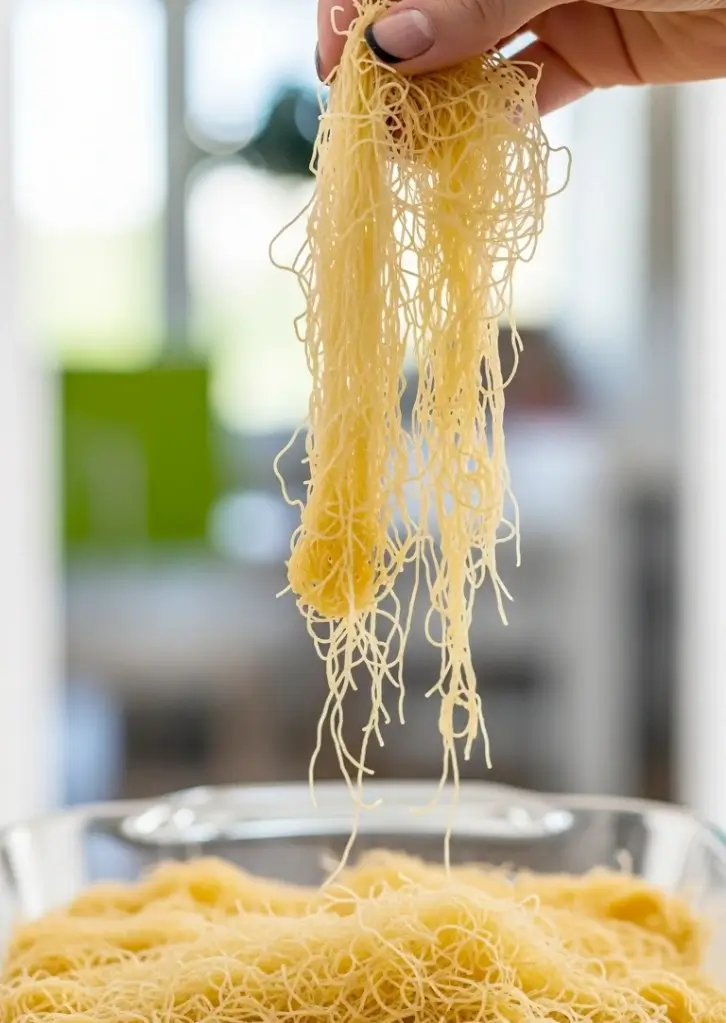
Frequently Asked Questions
What is kataifi made of?
Kataifi pastry is made from a simple batter consisting of all-purpose flour, cornstarch, salt, water, and a small amount of oil. The batter is piped into thin strands onto a hot skillet, forming the signature fine texture that sets kataifi apart from other pastries. Unlike traditional doughs, kataifi pastry isn’t rolled—it’s poured and shaped in motion.
What is a substitute for kataifi?
If you can’t find kataifi pastry or don’t want to make it from scratch, shredded phyllo dough (sometimes sold frozen) is the closest match. In a pinch, very thin rice vermicelli can offer a similar texture for certain dishes, especially savory ones. However, for authentic Middle Eastern or Greek desserts, homemade kataifi pastry delivers the best results.
Is kataifi pastry the same as filo pastry?
No, kataifi pastry and filo (or phyllo) pastry are not the same, though they’re often used in similar types of recipes. Filo comes in thin, flat sheets, while kataifi pastry is made into fine, hair-like strands. Both are used in Greek and Middle Eastern cooking, but kataifi gives dishes a more textured, crispy bite.
What is Dubai kataifi?
Dubai kataifi refers to a modern take on traditional kataifi pastry, often used in upscale Middle Eastern desserts served in Dubai. These creations may include luxury ingredients like saffron syrup, pistachio cream, or edible gold. While the base remains the same, the flavor profiles and presentations are elevated for a gourmet twist.
Conclusion
Making kataifi pastry at home might seem ambitious, but once you try it, you’ll see just how simple and satisfying it can be. With just a few ingredients and a little practice, you can create those delicate strands that bring both elegance and crunch to so many dishes. Whether you’re baking a classic dessert or experimenting with savory fillings, homemade kataifi pastry gives you a fresh edge that store-bought versions can’t match. Ready to give it a go? Follow the steps above, and don’t forget to leave a comment if you try this recipe!
Love Easy, Flavor-Packed Recipes
If you’re enjoying this recipe and want more quick, delicious meals like it, follow us on Facebook and Pinterest for new posts, cooking tips, and behind-the-scenes peeks from my Brooklyn kitchen. We share weekly ideas to make your time in the kitchen easier—and more fun.

